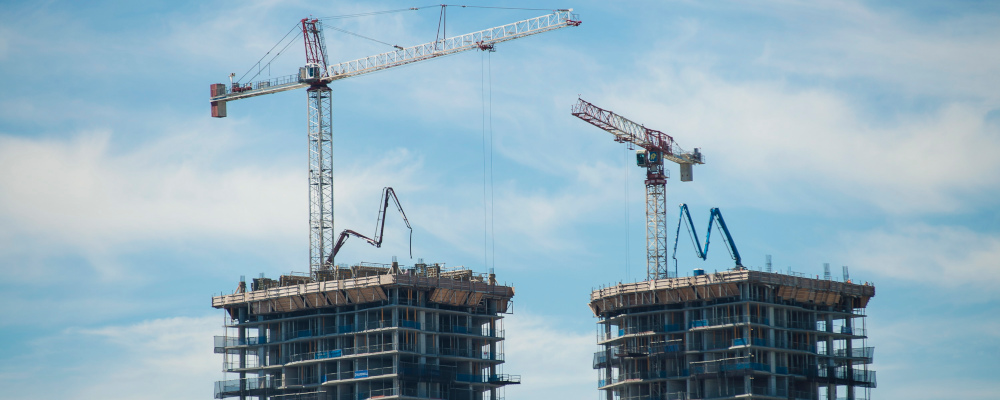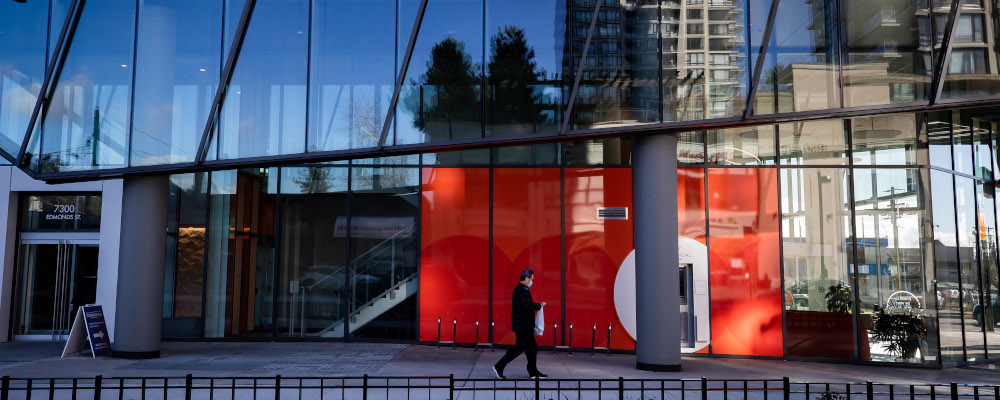Have we Canadians ever felt so abandoned, alienated, and angry? Our architecture might have something to do with it. Everywhere we look, towns and cities are turning into a terra incognita of cookie-cutter condos and jerry-built tract housing.
One by one, the places that define our lives are being remade, remodelled, reduced to a façade, or razed to the ground. In their place we build another anonymous residential tower designed for offshore investors looking to buy low, rent high. Important heritage structures, whole blocks and entire neighbourhoods, some around since the 19th century, have disappeared but for a plaque, a shared memory, or, if we’re lucky, an exterior wall or two. More often than not, these remnants are unsettling reminders that growth has its losers as well as winners.
Although growth-at-any-cost has been economic orthodoxy for centuries, it’s time for a re-examination. It has led to the unravelling of cities and communities and set the stage for soaring rates of depression among young and old alike.

The untethering of North America began in the 1950s and ‘60s with the rush to embrace modernity and the concomitant rise of corporate culture. A newly empowered development industry quickly saw the opportunity presented by the suburban dream. Governments then did their bit and built a vast network of highways, many running through cities and tearing apart established neighbourhoods. Fred Gardiner, the first chair of Metropolitan Toronto, famously called the process “multiplication by subdivision.” He would then have a Toronto highway named after him.
Today, cities around the world are beginning to demolish those same highways, while suburbia reinvents itself. Decades-old shopping malls are being transformed into high-rise communities. As urban researcher Richard Florida and others have argued, quality of life is the new measure of progress, not elevated freeways.
Sadly, Canada has not kept up with the times. Our faith in discredited notions of the superiority of vehicular mobility is undiminished. Consequently, our public transit lags behind much of the developed world and the country’s provincial premiers—the weak sisters of the Canadian federation —remain trapped in the amber of earlier times.
Along the way, all levels of government have willingly encouraged the corporatization of housing. The development industry, grown fat and happy thanks to the condo boom and sprawl, now calls the shots. Builders have become the de facto planners in cities, big and small, across Canada. So it’s no surprise we are living through the worst housing crisis since the Second World War and have no clue how to solve it. Developers aren’t interested; profit, not affordability, is their priority.
Vancouver has managed to retain some control over planning, but it’s increasingly difficult for local politicians to cope with the surge of urban growth. In Calgary, the car and an expanding grid of highways have led to sprawl stretching as far as the eye can see. Toronto, of course, has been overwhelmed by development. Weak provincial planning and heritage preservation legislation is bad enough, but Ontario Premier Doug Ford’s chumminess with big developers has allowed them to pretty much do what they want. Until the Greenbelt scandal caught up with Ford in 2023, he did the industry’s bidding. Under his regime, city planning and much of the apparatus of civic oversight have essentially been privatized.
In 2022, Ford forced Hamilton and 11 other municipalities in the Niagara region to expand their boundaries to accommodate private developer plans. In response to public outcry, those changes were rescinded last fall. Then there’s Ford’s fondness for MZOs—minister’s zoning orders—which allow the province to overrule municipal planning decisions. Since 2019, Queen’s Park has issued at least 110. By contrast, between 2003 and 2018, previous provincial governments issued only 18. A modicum of municipal input remains, to provide a fig leaf of political respectability. But bottom line, the city is up for grabs.
To be fair, compared to Vancouver, Toronto planners have seldom been up to the challenge. They’re too busy ticking boxes to tackle the larger issue of what sort of city is taking shape around them.
Except for residential enclaves—sacrosanct—whole swaths of Toronto are there for the taking. Little remains of neighbourhoods from Queen Street West and Old Town to Yorkville and Liberty Village. Even the Financial District, slow to recover from the pandemic, is being eyed for condoification. All too often, historic buildings are reduced to facades that are incorporated into towers constructed overhead. Drowning in a sea of generic residential towers, communities are losing the landmarks that make them unique.

Vancouver, overbuilt and unnervingly anonymous, is now a thicket of grey towers. In Calgary, a developer received approval last November to demolish the last two buildings remaining from that city’s second Chinatown, to make way for an 18-storey residential tower.
So it’s no surprise that the residents of these developer-driven conurbations are experiencing such a deep and disquieting sense of dislocation. Beset on every side by construction and congestion, closed corners, blocked streets, and inadequate public transit, our cities can no longer serve their inhabitants. Nobody says it out loud, but residents are becoming obstacles in the way of the city’s corporate masters. The new reality is that Canadian cities are assets awaiting monetization. They are still places we live, work and play, but only as long as we don’t interfere with the needs of the municipal-industrial complex.
The wake-up call came in 2016 when then Toronto Mayor John Tory announced a grand plan for a $1.7 billion 8.5-hectare park located over the Rail Lands. Sadly, it turned out the land was already slated for a massive condo development. Once again, the city was out of luck.
This can also be seen in the streetscape of Canadian cities where the economics of development lead inevitably to the proliferation of the usual retail suspects. But how many Shoppers Drug Marts, Tim Hortons, Starbucks, or Dollaramas do we need?
And so corporate branding has replaced architecture. Buildings are billboards, streets advertisements, and citizens shoppers. Condos are where you park your money, not your life. Domesticity is just another commodity, available to anyone who can afford it.
Perhaps the enduring popularity of remote work makes sense after all: if a man’s home is his castle, what better place to fend off the forces that would turn his comfort zone into a twilight zone?




